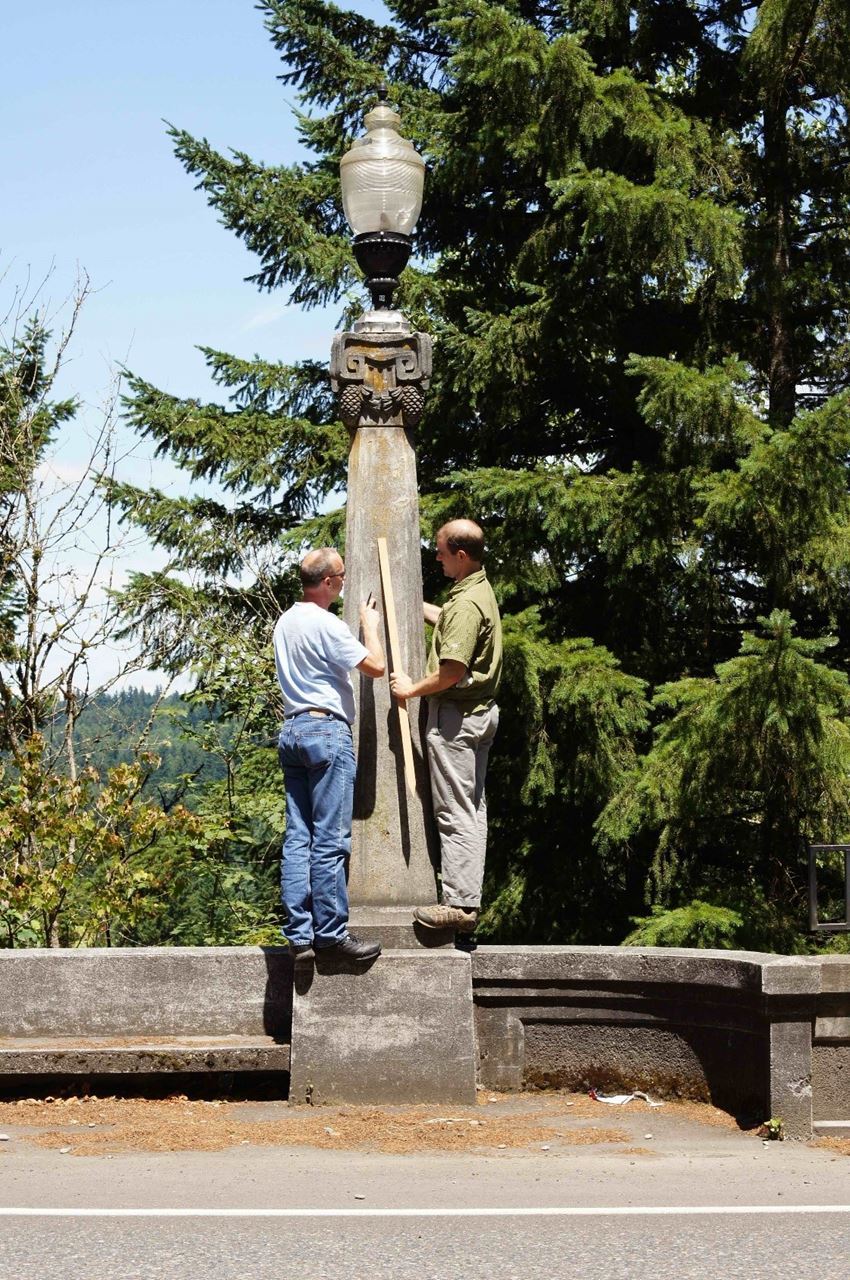 How were you introduced to VAF?
How were you introduced to VAF?
Picture yourself sitting in a classroom on wintery Wednesday, it is 6 pm and you are about to start a 2-plus hour seminar in a windowless room with a post-burrito food coma coming over you. That was when VAF landed in my lap. Professor and long-time VAF member Howard Davis at the dais teaching American Vernacular Architecture. A class he largely fabricated months earlier having just assumed the role as the historic preservation program interim director. VAF went from 0-100 in under two slides.
How has your experience with VAF shaped your career, methods, and views?
Following graduate school, where I learned at the knee of many VAF masters, I went to work for what one of them called “the Dark Side” – that of a DOT. But conversely, working for an agency that often begets massive change in the landscape, I have had the great fortune of informing that change, and studying, avoiding and telling the stories of Oregon’s vernacular landscape in a way that very few jobs might have allowed. What is more, I have had the great fortune of teaching that viewpoint for a decade at the University of Oregon’s program in Historic Preservation, and subsequently hiring some of those students with whom I now work. VAF has not only shaped those who taught me, who then informed my perspective and work, but then allowed me to pass that on to the next generation. In sum, VAF is an infectious disease for me, and one that I happen to like.
What is one of your favorite VAF moments and how has it been being a part of the Board?
Foremost, the Board is an excellent group of passionate VAF folks, from all walks of our field, that I feel very fortunate to have been part of the Board for the last almost four years. It is both a practical bi-annual meeting in developing awards, preparing conferences, detailing budgets, but also a high-minded chance to think about how this organization has evolved in the last 40 years, and how it is responding to issues of the day without losing a sense of its original purpose and putting it on a path for success for another 40 years. It is a top VAF moment, that of serving and working with the Board. But beyond that, coming up with one is hard, since I find that every conference includes some transformative moment when you are in some church, grange, or fill-in-the-blank venue, eating lunch with and often prepared by a set of remarkable locals showing us their “place,” who are as moved as you are by this mutual passion for what they see, and you see, as the unsung. But I will close by remembering the time I walked with a handful of long-time VAFers, Kingston Heath among them, down a long dusty road from the bus in North Carolina, getting deeper and deeper into the tobacco fields, talking about what they saw, and collectively patching together the physical pieces of the undulating landscape, the buildings, and the remnant material culture. I came away with an entirely new sense of that working landscape. Plus, as I later found, a tick. But it stands out to me as one of my favorite memories and a reminder that with VAF, the learning never stops.
Thanks to all of you for letting me serve as a Board Member and I hope to see you in San Antonio!
Editor's Note: move cursor over image to see photo caption for contest to identify location! Send submissions to Christine Henry, VAN Editor.